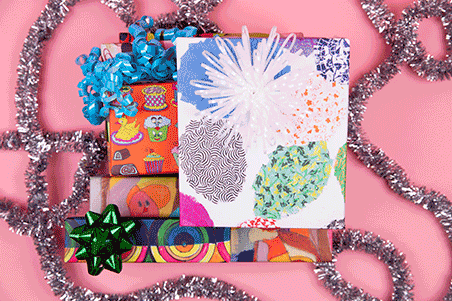‘Drawing From Nature’
- Share via
Have you ever been awakened at night by a “hoot -- hoot -- hoot” sound? This is the call of a great horned owl -- the largest owl in North America. It is sometimes called a “cat owl” because it has large tufts of feathers on its head that look like a cat’s ears.
Tina Nagai, 8, of Sherman Oaks uses feathers instead of paint to illustrate what a great horned owl looks like. Tina learned that “owls sleep during the day and come out at night to hunt for food.” She learned too that owls have a large head and large eyes that face forward. They can’t move their eyes, so when they want to look around, they have to move their entire head.
There are many myths about owls. In some cultures they represent wisdom and can be spiritual guides or healers. In others they are thought to be messengers of illness or death.
Tina learned that people all over the world use feathers to make ornaments and decorations, ceremonial objects and costumes, tools and works of art. To make her illustration, she first looked at pictures of great horned owls in a book. She drew a picture of one, then cut some feathers in the sizes she needed. She organized them by color next to her picture. One at a time, she glued the back of a feather and carefully placed it on her drawing using tweezers.
Tina made the owl shown here in fanciful colors. She made another in more realistic tones. “I also took a piece of cotton and stretched it out. Then I glued it on the paper and covered it with feathers to make the owl’s stomach fat!” she explained.
Good job, Tina!
*
About the series: Carol Felixson introduces children to a subject from nature and an art technique. The children then apply what they have learned in an illustration. She is director of education and community outreach for UCLA’s Stunt Ranch Reserve and Mathias Botanical Garden. Previous projects can be seen at nrs.ucop.edu/reserves/stunt/newsforkids.html.
More to Read
Sign up for our Book Club newsletter
Get the latest news, events and more from the Los Angeles Times Book Club, and help us get L.A. reading and talking.
You may occasionally receive promotional content from the Los Angeles Times.








